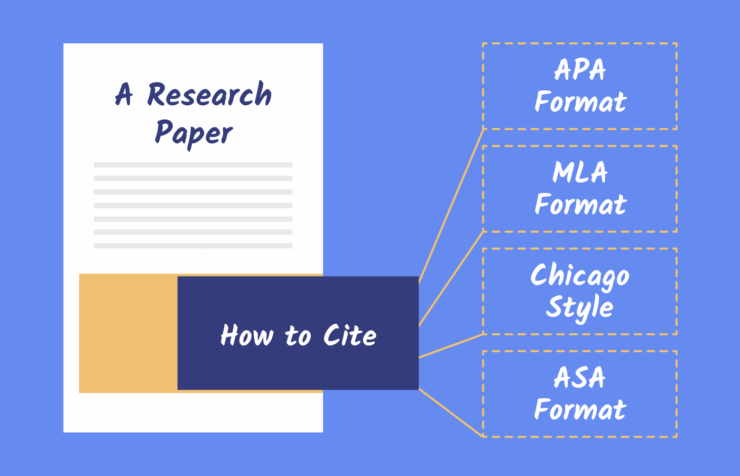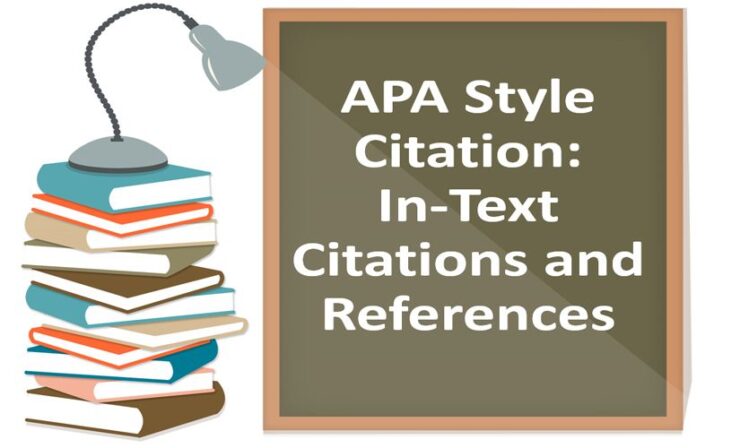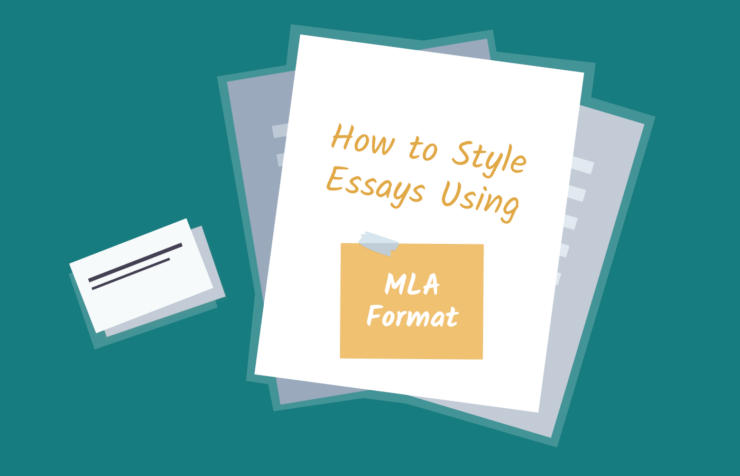When you are in high school or college, you have to deal with many academic challenges. These challenges come in a variety of shapes and forms. Yet, academic writing is still the most widespread.
For decades, writing has been an integral element of the curriculum and has been causing lots of distress to students. Young people of all ages are fighting in an ongoing struggle with academic writing. And among a wide range of reasons that make writing so challenging is a variety of writing formats that are hard to adhere to when citing your papers.
If you still can’t figure out how citing works and what role writing formats play in this matter, you’ve come to the right place. In this article, an expert’s online essay writers from the essayservice will guide you through the most popular citation styles and help you understand them better. Let’s dive in!
What Does Citing Mean?

Citing is an important part of academic writing. And as was mentioned earlier, it is also one of the hardest parts. But before we move on to discussing the most common citation styles, let’s define what citing means in the first place.
To “cite” means to refer to some source, let’s say, a book, passage, film, specific author, etc.
The main purpose of referring to another source in your academic paper is to justify your statement or argument by appealing to facts and other people’s ideas.
As a rule, in a scholarly work, students must cite the sources they used for writing in both in-text and on a separate page called Works Cited, Bibliography, or Reference Page.
What Role Do Citation Styles Play?
Whether citing in-text or organizing your sources on a separate page, you must adhere to a set of formatting rules, which will directly affect your final grade. However, there are no one-fits-all formatting rules that students can use for all their papers. The requirements vary for each particular citation style, and that’s why learning them is so crucial.
If you are struggling with learning different writing formats, one way to solve this is to ask for professional help. For example, students can hire essay writing services and get professional assistance with writing, formatting, and citing their papers. But if you want to figure everything out on your own, let us guide you through the most common formats right now!
1. APA Style

One of the most widely used citation styles is APA. It has been around since 1929 and was developed by the American Psychological Association, which is what the abbreviation stands for. This style applies to scholarly works written for different fields of engineering, education, social sciences, etc.
For in-text references, APA requires using parenthetical citations, mentioning the author’s last name, publication date, and page number. All sources with full bibliographical information are then organized on a page of references at the end of the paper.
In-text: (Fitzgerald, 1925, p. 57).
Citation: Fitzgerald, S. F. (1925). The Great Gatsby. Scribner.
2. MLA Style

The second common style was developed by the Modern Language Association. It applies to works written for humanities, literature, and language-related disciplines.
Within the text, MLA requires adding short parenthetical citations, specifying the author’s surname and year. The last page is called Works Cited and includes full bibliographical information about your sources. Other requirements include Times New Roman font size 12 pt, one-inch margins, Italicized titles, double space, and half-inch indentation for every first line of a paragraph.
In-text: (Fitzgerald 57).
Citation: Fitzgerald, Scott. The Great Gatsby. Scribner, 1925.
3. Harvard Style
This style was initially meant for Harvard University students to cite their scholarly works. But now, it is widely used by students in all educational facilities. Most often, this style applies to papers in business, social policy, anthropology, and economics. But it can also be used for science and humanity disciplines like healthcare, computing, mathematics, architecture, etc.
Harvard in-text citations follow the author-date structure. And all sources are then organized in a reference list.
In-text: (Fitzgerald, 1925)
Citation: Fitzgerald, F.S. (1925). The Great Gatsby. Scribner.Chicago Style
The next style was first introduced in 1906 by the Chicago University Press. This manual of style actually has two formats.
The first one, Notes-Bibliography style, requires placing numbered footnotes and endnotes in your paper. It is used in arts and humanities.
The second format is Author-Date. It is used in social sciences and sciences. According to this format, students must specify the author’s last name and year of publication when citing within the main body of their paper.
In-text: (Fitzgerald [1925] 1925)
Citation: Fitzgerald, F. Scott. (1925) 1925. The Great Gatsby. Scribner.
4. Turabian Style

The last citation style was developed by Kate L. Turabian. Although it is a distinct style, it is widely considered under the Chicago manual because of its similarity. This style is most often used for theses, research papers, and dissertations. Its biggest highlight is that it allows you to cite any source, including blogs, Twitter posts, book chapters, and more.
In-text: (Fitzgerald [1925] 1925)
Citation: Fitzgerald, F. Scott. 1925. The Great Gatsby. Scribner. (Orig. pub. 1925.).
Conclusion
So, these are the writing formats you must know in order to cite your scholarly works like a pro. Hopefully, our guide has helped you to figure them out!
Related Posts:
- 20 Best Gaming Headset Under 50$ 2024 - for PC, PS4,…
- 10 Best External Hard Drive 2024 - Compatible With…
- 15 Best Shoes for Walking on Concrete 2024 - Soft &…
- Top 10 Best Leather Backpack For Men and Women 2024…
- Top 10 Best Inflatable Kayak 2024 - for Exploring…
- Top 10 Best Scrubs For Women 2024 - Pants for Nurses…







